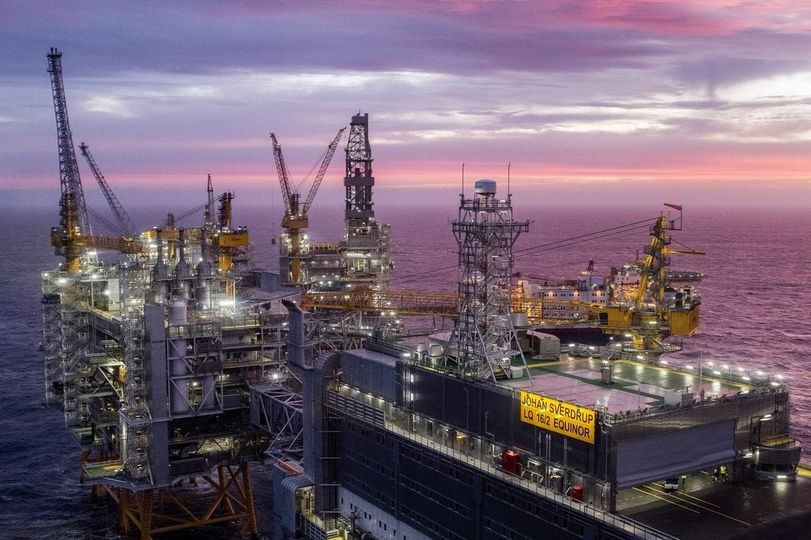Types of Chemical Transfer Hose
2022-09-28 16:51:04
Chemical transfer hose E853
A chemical transfer hose is specifically designed for hazardous environments. It is capable of handling a variety chemicals and has a high abrasion and high temperature resistance. This hose can be ordered either by the foot or by the kilometer.
It comes in a variety colors and has an I.D. It has a capacity of 400. It is made to meet the requirements set forth by the USDA, FDA, and USDA. This hose can be used for a variety of chemicals and can withstand temperatures of -30 to +300 degrees F. You can steam clean it, but its open end should not be immersed in water.
It is also available with a variety different constructions, including a flexible material and a smooth bore. It is also kink resistant. It has reinforcement wire in the exterior convolutions. This type of hose is best for process fluid and chemical suction discharge.
SAE100 r9 rubber hose for fuel oil rubber
SAE100 R9 hydraulic hose is designed for delivering hydraulic fluids at high pressures. It is compatible with both petroleum-based fluids and biodegradable fluids. It is strengthened with four layers high-tensile steel wire wire. This makes it suitable to high-pressure environments. It also has two braids to increase its strength.
This hydraulic oil hose is suitable for pulsating pressure applications and offers excellent impulse life. It also meets US MSHA IC-111/1 flame resistance requirements. The hose is composed of three main components: a tube of high-quality oil-resistant synthetic rubber; spiraled wire reinforcement for high pressure performance; and a black synthetic Rubber cover.
Hot Sale: Rubber Hose
There are several types of chemical transfer hose, which are suitable for specific applications. Depending on the use, these hoses are used for gravity flow, suction or pressure services. These hoses can withstand the pressure, temperature and viscosity of a variety of chemicals.
Chemical hoses come in many sizes and materials. They can also be pressure or vacuum-suspended. There are also several types of composite hoses, which are ideal for a variety of industrial applications. They can be purchased from vendors and rental companies, and come with a variety of different fittings.
Before choosing a hose, consider the application and the environment it will be used in. It is crucial to determine the suitability of the hose for the intended application. The right material can make a big difference in the quality of your work and its longevity. Moreover, you need to consider whether it will be exposed to high temperatures, abrasion and UV rays. You should also consider the type of couplings you need for your particular application.